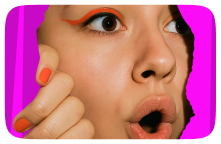There is no perfect feed.
Everything is negotiable.
The algorithm delivers selective perfection; it’s all an image. A TikTok house, a perfect “momfluencer” moment — glamorous, curated, seemingly effortless. Too bad none of it’s real. It’s all constructed as a design.
Behind the scenes of the new creator economy, creators struggle between authentic expression and the relentless demands of engagement metrics. When a creator relies too heavily on what works against what makes them happy, that’s a dangerous line that warps creativity, leading to burnout, identity crises, and even breakdowns.
The evidence is overwhelming: a report from Vibely found that 90% of creators have experienced burnout, and 71% have considered leaving social media over it.
The Content Machine: How Metrics Dictate Life
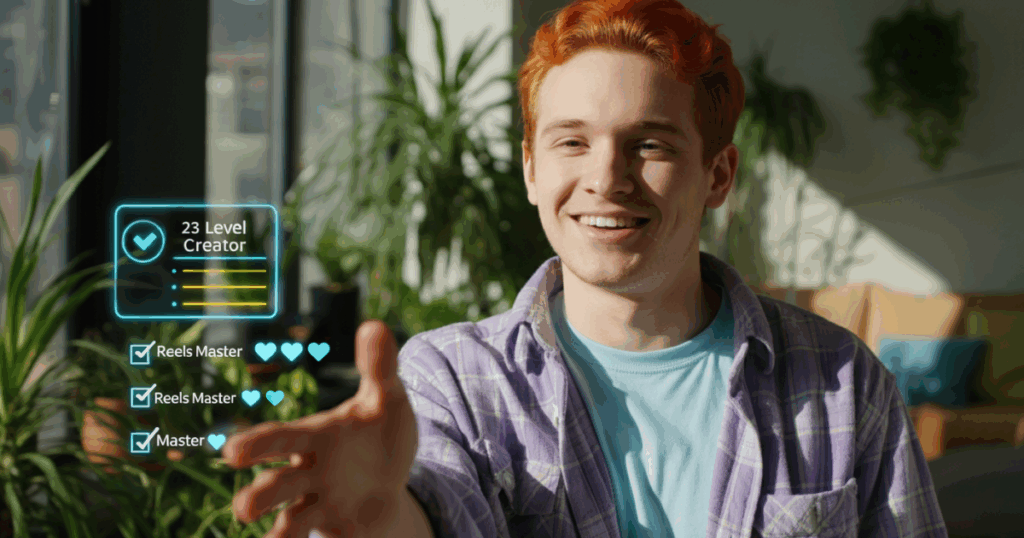
Social platforms don’t reward creativity — they demand consistency, conformity, and trend-chasing. The algorithm froths at the maw over a daily upload schedule rather than originality, and “success” becomes a game of forcing content into templates:
- Dance trends
- Daily challenges
- Plug-and-play audio tracks
Creators are taught not to take risks but to replicate what already works, repeatedly, until the soul leaks out.
The House That Algorithms Built
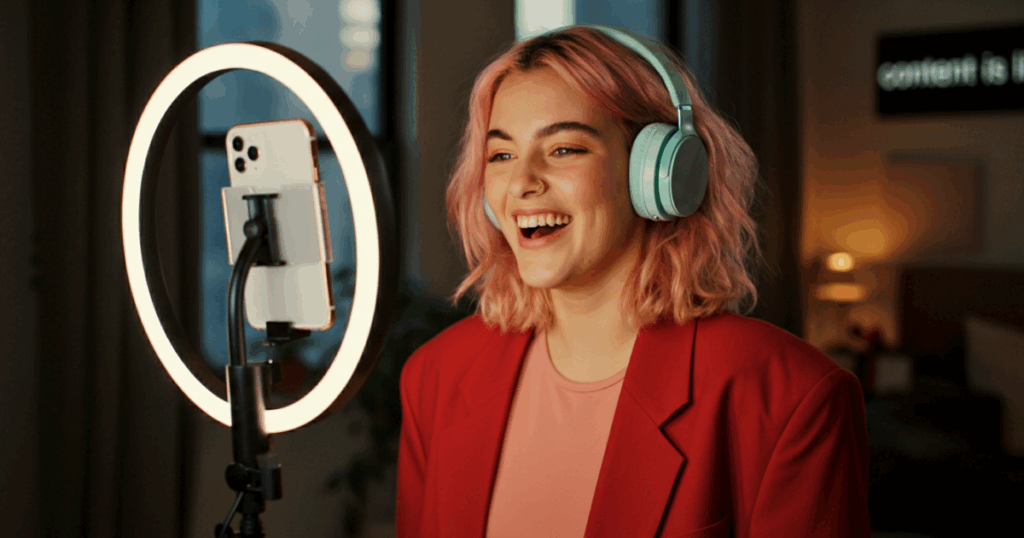
Inside TikTok houses and content farms, creators live in a loop of analytics meetings, brand pitches, and manufactured spontaneity. There’s no downtime, just deadlines for the next viral hit.
What appears to be chaos from the outside is hyper-structured, featuring whiteboards full of stats, assigned trends, and a rotating cast of creators optimized for views. It’s like a regular job, except you’re explaining how you put lotion on your face at 9:15 a.m. every morning.
Creativity in Captivity
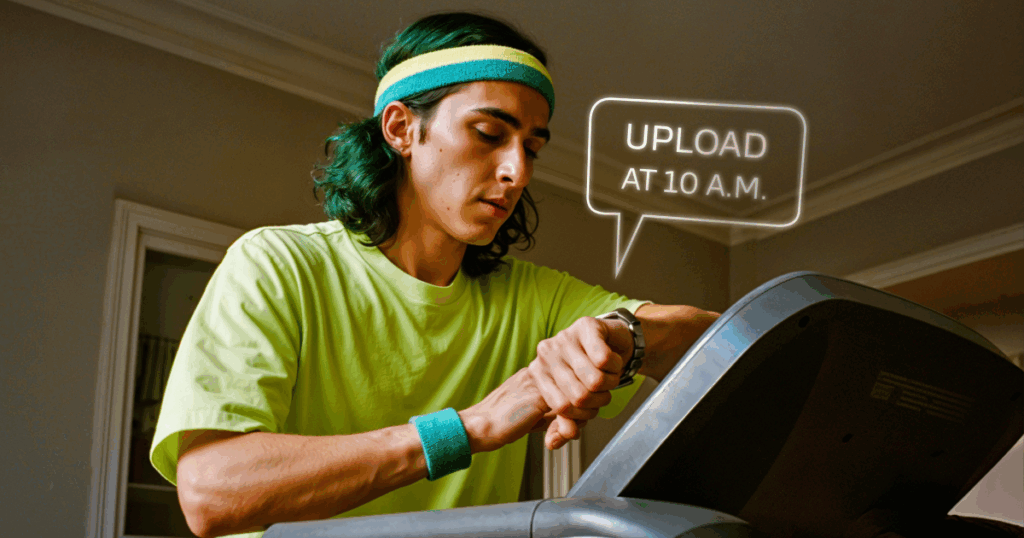
According to social media professionals, creators face multiple causes of burnout, including the pressure of maintaining engagement levels and the “comparison to round-the-clock creativity”. A 2023 survey of over 600 creators identified negative comments as a leading cause of daily or weekly burnout among creators.
For many creators, the early days of content-making are rooted in joy, self-expression, and community. Posting a song cover, a messy parenting moment, or an experimental painting felt freeing. But as platforms increasingly rewarded formula over feeling, that early spark faded.
“When I first started posting videos, it was fun,” said creator Emma Chamberlain in an interview with Harper’s Bazaar. “It was a creative outlet… and then it became a job.” This arc isn’t rare. A 2023 Later survey found that 51% of creators report experiencing burnout at least monthly, with 30% feeling it weekly or daily.
What was once passion becomes emotional labor — with the “boss” being an invisible algorithm that can ghost you without warning, and there you are, explaining how you pick out your morning shoes with no one watching.
Algorithm Whiplash and the Disappearing Identity TikTok’s rumored 2023 algorithm shift — nicknamed “creativity suppression” by frustrated users — caused widespread panic as views plummeted overnight. Entire content strategies collapsed, forcing creators to abandon niche storytelling in favor of trend-chasing. “You have to adapt or die,” said TikTok creator Rod Thill in an interview with The Washington Post. “You have to be constantly evolving… It’s exhausting.”
Burn, Baby, Burn(out)
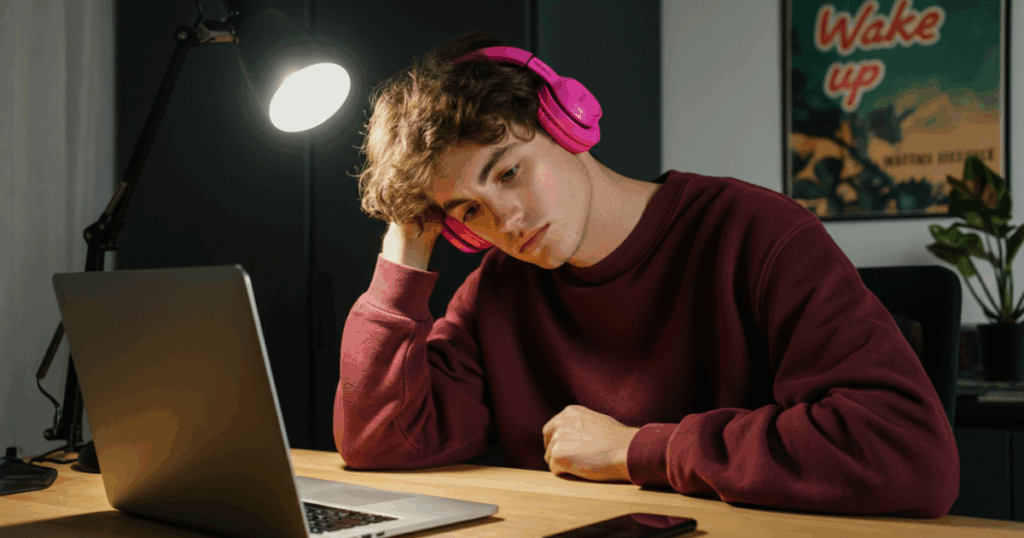
The collateral impact runs deep. A 2022 Awin study found that 53% of creators reported their passion for creating had waned, and 66% stated that content creation negatively impacted their mental health. Burnout and the Body Cost Behind polished reels and smiling thumbnails is a brutal grind many creators quietly suffer through.
The 2024 Mentally Healthy Survey revealed that burnout affects 70% of media, marketing, and creative professionals, significantly higher than the 53% average for workers overall. According to Hootsuite’s 2023 Social Media Career Report, 41% of social media managers admit that their work negatively impacts their mental health, with those who feel underpaid and work over 45 hours a week being the most affected.
“I developed insomnia trying to keep up,” YouTuber Elle Mills told The New York Times, describing how the pressure to maintain viral momentum drove her to a breakdown. Others cite struggles with disordered eating, depression, and physical exhaustion from the 24/7 demand to stay relevant.
As creator Sienna Mae Gomez told Today, “There’s so much pressure to keep putting yourself out there — even when it doesn’t feel safe or healthy anymore.” According to a 2022 ConvertKit survey, 80% of creators report experiencing burnout, with many ultimately quitting the platforms they once loved.
The machine keeps spinning. (“The Wheel in the Sky Keeps Turning” if you’re Journey, or elderly enough to get that reference.)
Escaping the Loop (Or Not)
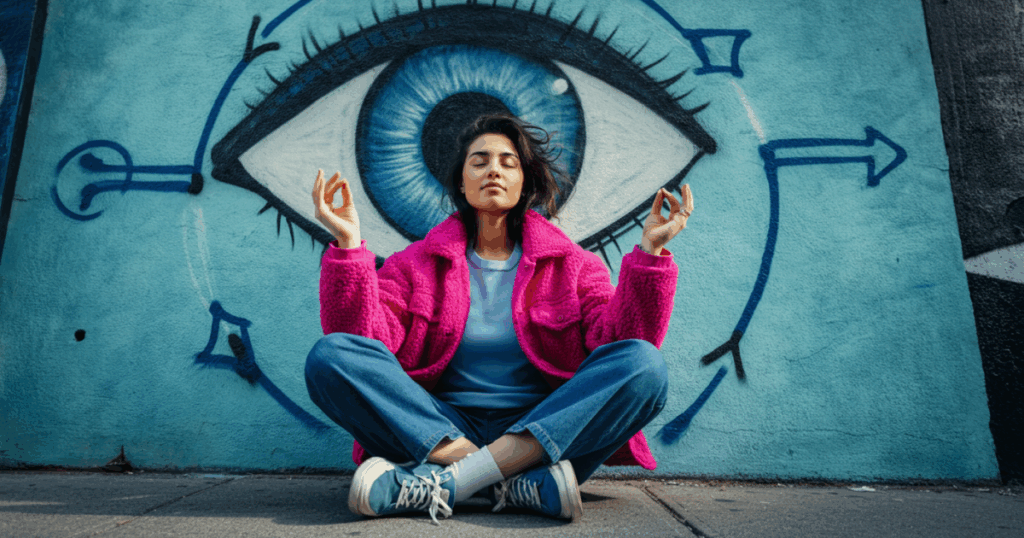
Some creators manage to claw their way out of the algorithmic death spiral. They pivot to other platforms like Patreon, build niche newsletters, or even take their talents offline — anything to escape the pressure of feeding The Feed.
YouTubers like Natalie Wynn (ContraPoints) and podcasters like Red Scare have found success in subscription-based models, where quality, not quantity, reigns supreme. These pivots are rare victories in a system designed to penalize breaks. For most, the loop is inescapable.
Quitting isn’t an option when income depends on ad revenue, brand deals, and staying visible.
Audience Participation is Mandatory
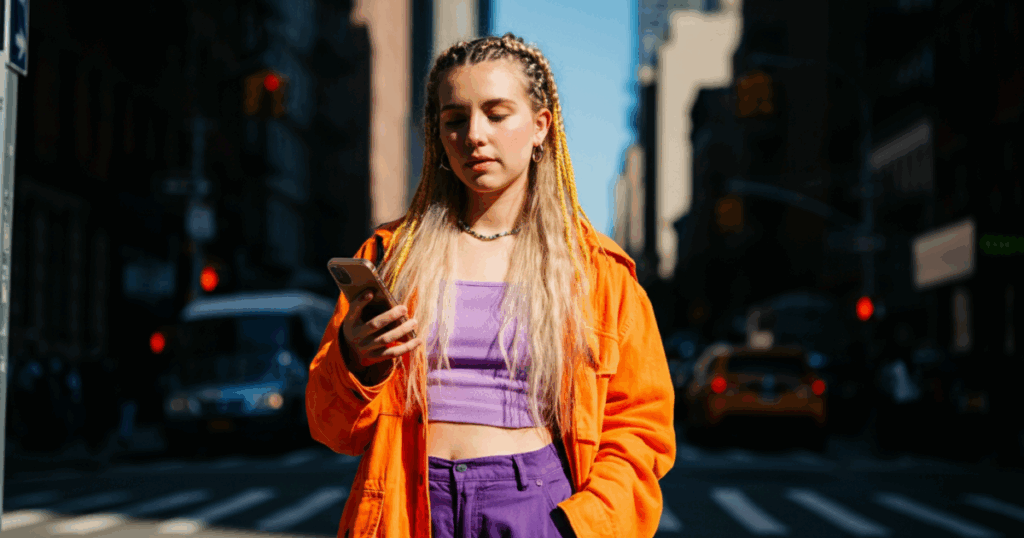
The audience is also part of the trap. We claim to want authenticity, vulnerability, and genuine realness. But the algorithm knows what keeps people scrolling — it’s not nuanced. It’s dopamine hits: fast cuts, hot takes, and viral challenges.
A 2022 survey found that “three quarters of respondents stated that toxicity and misinformation on social media have decreased their empathy levels,” highlighting another emotional toll of platform engagement. Creators who resist the treadmill often find their engagement plummeting. The internet rewards consistency and punishes change, making reinvention a risky endeavor, even when burnout is imminent.
So who’s in control? It’s a brutal irony.
The Machine Eats First

Most creators start chasing a dream of freedom: being your own boss, creating what you love, and connecting with your people. But once the likes start rolling in, the platform tightens its grip.
Schedules harden.
Content flattens.
Joy gets optimized into a routine.
What begins as liberation ends in servitude to a system that never sleeps, a crowd that wants more, and a machine that’s never satisfied. As Dave Willis wisely noted, “Don’t use social media to impress people; use it to impact people.”
But in today’s landscape, where Oxford announced “brain rot” as its Word of the Year for 2024 and Australia’s Macquarie Dictionary chose “enshittification” to describe how platforms we love get ruined over time as companies chase profits, virality is seductive.
Still, it comes at a cost: you become a product of the algorithm you once thought you were gaming. And eventually, the machine eats its makers.
